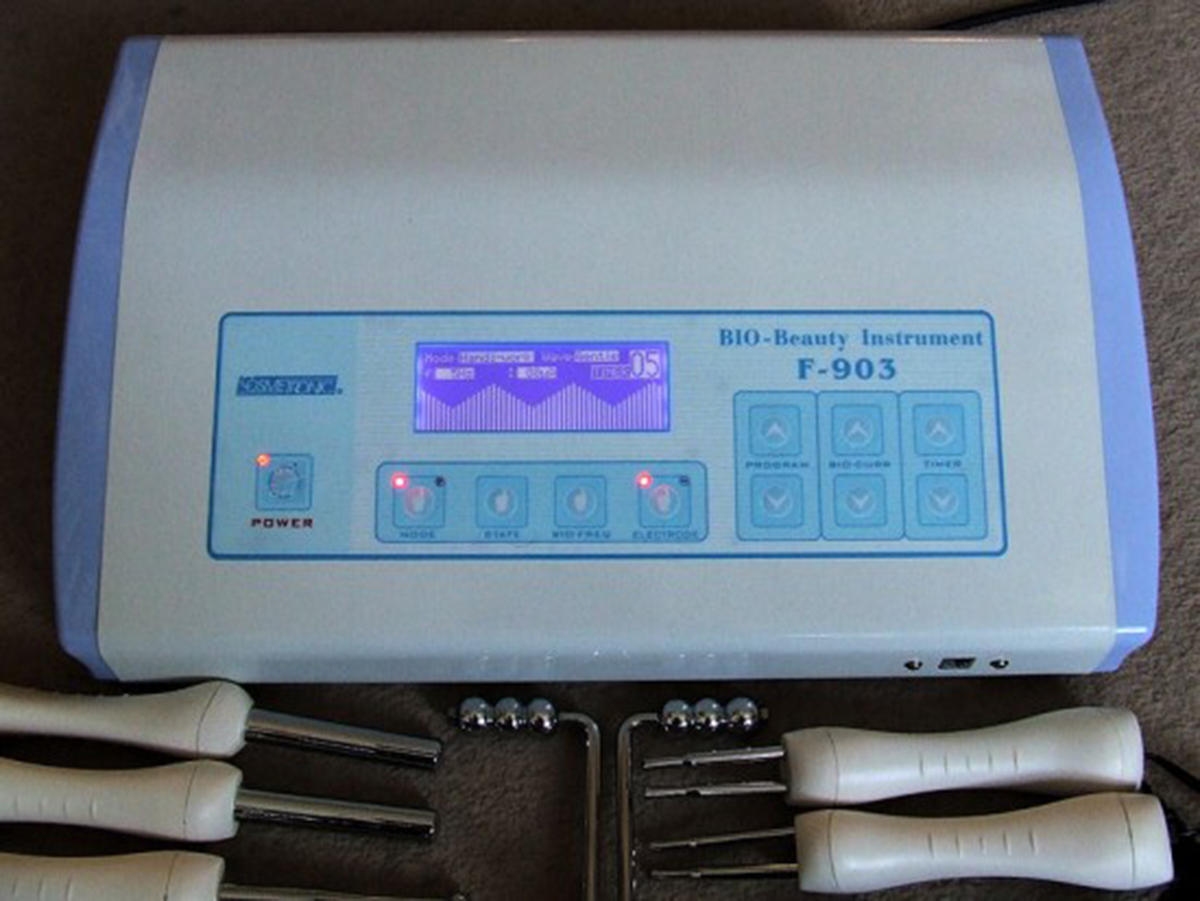Table of Contents
Electrolysis is comparing to laser removal for most patients permanent hair removal, of course of performed correctly. Electrolysis is comparing to laser older hair removal method. Electrolysis was invented over 100 years ago in the United States. During electrolysis, a hair-thin metal probe is slid into a hair follicle and an electrical pulse is sent through the needle. (Proper insertion does not puncture the skin.) If this particular hair follicle is in the active growth stage at the time of treatment, it will probably not grow again.

There are three basic types of electrolysis hair removal:
- Galvanic - An electro-chemical current produces a bit of lye (Galvanic electrolysis works by causing salt and water in the skin around the probe to be chemically altered to produce a small amount of sodium hydroxide, or lye, which is the active ingredient in some crystal drain openers. If enough lye is produced, it can damage the cells that cause hair growth.)
- Thermolysis - A heat current is produced by and a radio wave (works by causing water molecules in the skin around the probe to vibrate, which creates heat, and if enough heat is produced, it can damage the cells that cause hair growth.)
- Blend - An electro-chemical reaction is produced more quickly by a combination of the above methods.
Comparing to laser electrolysis has by far the best and longest track record of results. It is very important that person performing electrolysis is well trained, otherwise you might end up with scars. However, there are some common side effects of electrolysis: pain during procedure (depends on the coarseness of the hair being removed, the sensitivity of the area- local topical anesthetic can be applied), redness, swelling.
Read More: Shaving Tips for Women: How to Avoid Irritation, Ingrown Hairs and Nicks
Electrolysis is comparing to laser more effective on the long run, but it also demands more commitment and most of all more time. While one laser treatment for upper lip hair removal takes approximately 5 minutes electrolysis hair removal will take 20 minutes. Patient that has decided for laser removal will have to repeat approximately 5 treatments, while one who decided for electrolysis will have to return up to 20 to 45 times! One laser removal treatment for upper lip will cost $50-$150, while electrolysis $15-$30, which means that average cost for upper lip removal with laser will cost $400-$800, while average cost for upper lip electrolysis removal will cost $450-$1035.
Intense Pulsed Light (IPL)
Intense Pulsed Light (IPL) is a technology used in various skin treatments, including hair removal and photofacials. Unlike lasers, which emit a singular wavelength of light energy, IPL emits broad-spectrum light. When applied to the skin, the light targets melanin (pigment) and hemoglobin. Once the light energy is absorbed, it converts to heat, causing damage to the specific target.
In hair removal, IPL targets the melanin in hair follicles. The subsequent heat damages the follicle, inhibiting or delaying future hair growth. Though IPL can be effective, it often requires multiple sessions spaced several weeks apart. Furthermore, it's most effective on individuals with light skin and dark hair, as the contrast allows for better targeting. Dark-skinned individuals risk skin damage due to higher melanin levels in the skin.
IPL also treats skin pigmentation, sun damage, and redness. The broad-spectrum light can target various skin issues simultaneously, offering a versatile treatment solution. However, it's essential to have the procedure conducted by trained professionals, as incorrect use can result in burns or skin discoloration.
- dermatology.about.com/cs/hairremoval/a/hair_removal_2.htm
- www.idealimage.com/services/facial_hair.php
- www.laserhairremoval-info.com/info/temporary-permanent.htm
- image: www.moderngent.com
- Photo courtesy of Dr. Braun by Flickr : www.flickr.com/photos/vancouverlaser/3900607317/
- Photo courtesy of Iantresman by Wikimedia Commons : en.wikipedia.org/wiki/File:Electrotherapy_Machine_(cosmetic).jpg

